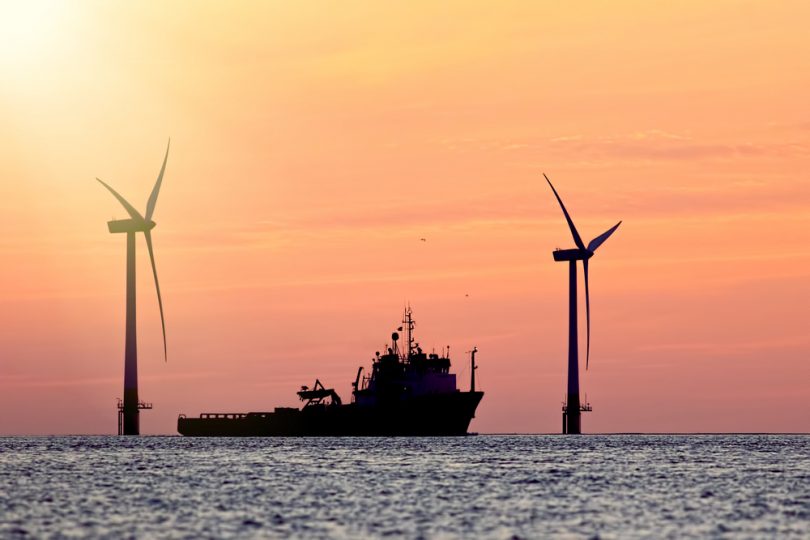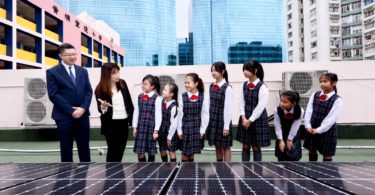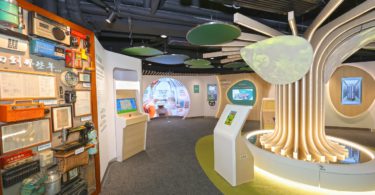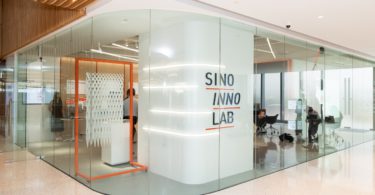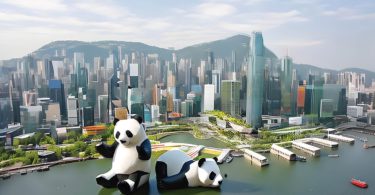By Peter Thompson
Offshore wind can provide utility-scale renewable electricity as cheaply as combined-cycle gas turbines and other well-established forms of generation. The offshore wind market in Asia is expected to experience massive expansion over the next decade as the governments face increasing energy sources and hit their net-zero emissions targets. Taiwan is anticipating 10.5 GW of new installations, Korea 7.9 GW, Japan 7.4 GW and Vietnam 5.2 GW.
As the European industry has pioneered offshore wind technology, including large-scale turbines, subsea cabling, offshore foundations and installation vessels as well as commercial and finance systems, does this mean that Asia must follow Europe’s approach to building wind farms if it is to fast-track its offshore wind installation?
Geographical and cultural differences
Countries in Asia can certainly gain from adopting and improving some European innovations and from working with European contractors. While the Asian market can benefit from Europe’s experience, merely replicating European approaches to construction might not work. Crucial differences of geographical and cultural must be taken into account, and some of them demand locally available expertise.
For example, in late 2016, a change in Japan’s Ports and Harbour Law enabled offshore wind farm developers to build in water zones close to existing ports. This led to the development of the country’s first-ever large-scale commercial offshore wind farm close to the Akita and Noshiro Ports in the Akita prefecture, a project for which local expertise was crucial.
The development design of these initial offshore wind projects in the region paved the way to establish design processes that will be followed by all subsequent projects. This is the first design to be approved by the local statutory checking authority in Japan, and expertise on the ground has proved vital in steering the project through this process.
Specific technical challenges
Industry players in Asia will face technical challenges not encountered in Europe, including typhoons, high seismicity, soft marine deposits as well as hard volcanic and sedimentary rock sea beds. To tackle these challenges, they will need to employ new methods of analysis and design stronger structures.
For example, monopiles are used for 90 per cent of European developments. They are simple to fabricate and construct, and can be hammered or vibrated deeply into the competent seabed stratum—typically consisting of either sand, silt, medium to hard clays or a mixture. This makes them cheaper than other solutions, but may not always be suitable in Asia.
Many of the most promising areas in Asia have soft marine clays, hard volcanic and sedimentary rocks, deep faulting and seismic activity with liquefaction potential to deal with. This means certain situations may require alternative foundation systems, including piled jackets, suction buckets or even self-installing gravity-based structures. Requiring no piles and no specialised installation vessels, gravity-based structures optimise the use of both local labour and materials. They could be an attractive option for many locations in Asia.
Deep water and floating systems
More favourable sites in shallower water will be developed first. This is the approach China is taking as it ramps up its installed capacity to reach 30GW in 2021 and overtake the UK. However, as it seeks to exploit more of its 600GW of potential power in the future, it will need to develop sites in more challenging seabed and metocean conditions, for which it may call on expertise from Europe.
China installed half of new global offshore wind capacity during 2020 in record year
Across Asia as a whole, the supply of suitable sites in water depths of less than 50 metres is limited. The Japanese parliament passed further legislation in 2018 allowing development of offshore wind in deep water, and other areas outside ports and harbours. This has opened the market substantially as ports and harbours cover just 1.5 per cent of Japan’s territorial waters.
The move into deeper water could see innovative fixed systems come into play as well as the advent and rapid development of commercial-scale floating offshore systems, especially in the waters around Japan, Korea and Taiwan. In fact, Asia has the potential to develop a floating wind power industry to compete with, and even surpass, Europe.
The region has a track record, built in areas such as automotive manufacturing, of producing technology that improves upon current solutions, making them cheaper and more efficient on a commercial scale. These factors are key to the successful development and adoption of floating offshore wind.
Developing supply chains
What about the companies in the offshore wind supply chains who will be tackling these challenges? Taiwan, Japan and Korea have encouraged more competitive supply chains by moving more quickly than Europe did from feed-in tariff schemes to an auction process or renewable energy certification system.
Because the UK and Europe were in an open market, local consultants, designers and contractors developed supply chains through organic growth to service the work locally. There was minimal encroachment by non-European companies. Asia is in a more favourable situation; technology transfer from the involvement of experienced European consultants and contractors is enabling the region to develop its own local skills faster.
The first in the region to act on a commercial scale, Taiwan has encouraged many established European contractors to join its auctions independently. Through compulsory engagement with local manufacturers and suppliers, it is seeking to develop a local supply chain to serve not only the Taiwanese market but also the rest of Asia. This best-of-both-worlds approach is proving successful.
In Japan and Korea, there are well-established contracting bases, with the knowledge, experience and equipment to undertake large-scale infrastructure projects. A pragmatic approach based on alliancing with established European contractors is seen as the best way to learn quickly. These alliances have been formed and are preparing for the initial auctions.
In China, European players were involved at the beginning of its offshore wind boom, but the industry has become more locally led over time. Today it’s dominated by the major players: China Three Gorges, China Datang Corp and China Hong Yuan. As future challenges arrive—such as developing in deeper water or tougher conditions—they may again call on more European expertise.
Tremendous opportunity for Asia
The offshore wind industry in Asia is looking for sophisticated engineering skills they need to construct offshore wind projects in local conditions. These specialisms include advanced soil-structure interaction analysis and hydrodynamic interaction analysis, as well as assessment and modelling for seismic activity and extreme wind and wave conditions.
Renewables should be focus of Vietnam’s Draft PDP8, not coal and gas
Asia has a tremendous opportunity to emerge as a powerhouse of offshore wind. Seeing the rapid progression of the market in Asia, it is clear that local expertise is key to the future of offshore wind in Asia to unlock a market expected to reach 100 GW of installed capacity by 2030.

PETER THOMPSON
East Asia Energy Leader, Arup
Peter Thompson has worked to achieve sustainable solutions by bringing together deep understanding of urban infrastructure with the latest developments in energy technology. With more than 33 years of experience, he is responsible for the management, design and implementation of major energy and infrastructure projects across the region. As a geotechnical engineer by profession and registered as a Professional Civil/Energy Engineer and Fellow of the Energy Institute, he has particular knowledge and expertise for the design and implementation of both onshore and offshore foundations and is currently actively engaged with the detailed design of the nearshore and offshore foundations for a number of initial projects in Japan. He also led the design management and technical advisory services associated with a variety of energy-related assets, including LNG terminals, and thermal and renewable power generation projects.



